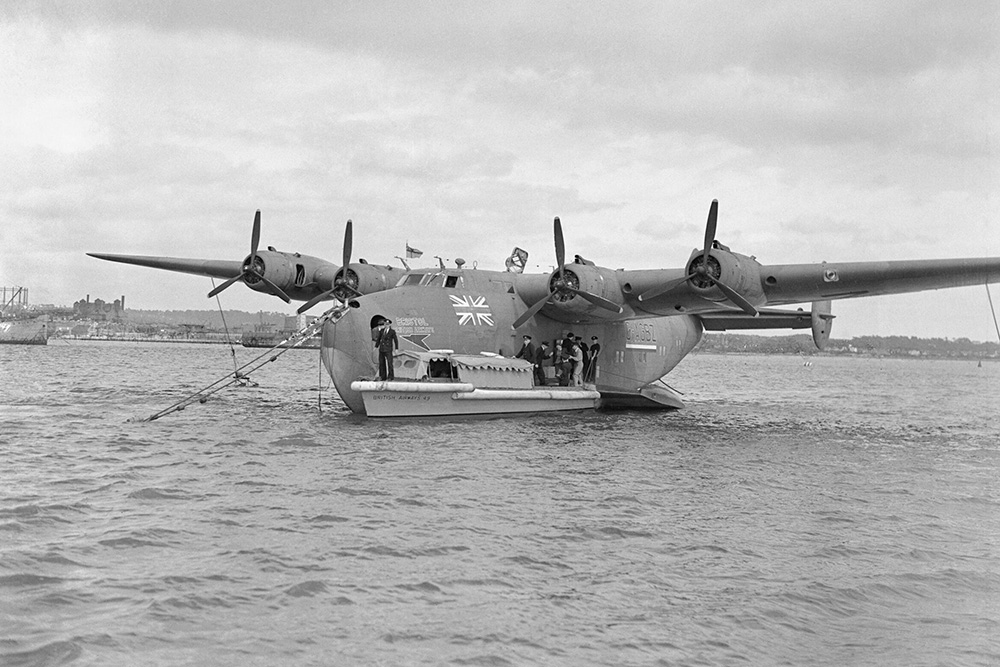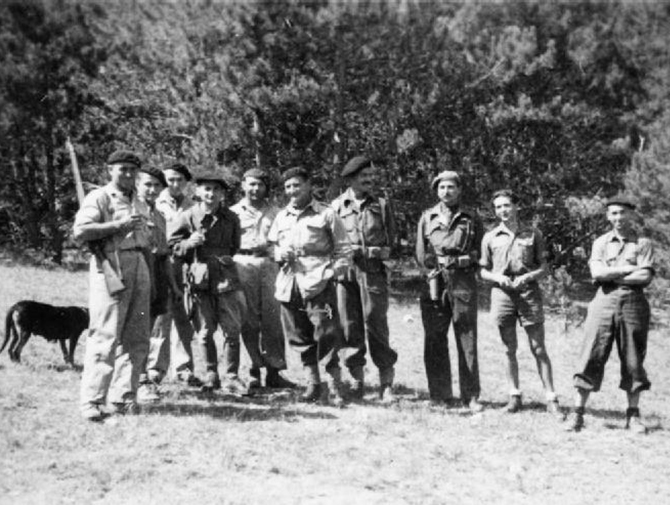Clarke, Cecil Vandepeer
- Date of birth:
- February 15th, 1897 (Hackney/Greater London, United Kingdom)
- Date of death:
- September 19th, 1961 (Bedford/Bedfordshire, United Kingdom)
- Service number:
- 141671
- Nationality:
- British
Biography
Cecil Vandepeer Clarke was a British engineer, inventor, and soldier whose unconventional brilliance shaped covert warfare in the Second World War. Born in London in 1897, he served in the First World War as a tunnelling and explosives specialist, earning the Military Cross for his role in the 1918 Battle of Vittorio Veneto.
Between the wars, Clarke ran a successful engineering firm in Bedford, designing trailers and caravans with advanced suspension systems. His technical ingenuity caught the attention of military planners, and in 1939 he was recruited to help develop sabotage weapons. He co‑invented the limpet mine, a magnetic underwater explosive, and pioneered its use through rigorous testing and training.
During WWII, Clarke worked with the Special Operations Executive (SOE) and MD1, designing weapons and training agents for missions including Operation Josephine B, Operation Anthropoid, and the sabotage of the Vemork heavy water plant. He also developed the spigot gun, altimeter-triggered explosives, and the rocket‑powered Great Eastern tank bridge.
Clarke trained saboteurs in realistic field conditions and was deeply involved in clandestine operations across Europe. After the war, he continued inventing, served in the Territorial Army and Intelligence Corps, and became active in local politics and the Campaign for Nuclear Disarmament. He died in 1961.
15 March 1918: Second Lieutenant (Temporary)
15 September 1919: Relinquished commission; Second Lieutenant (Honorary)
15 March 1940: Recommissioned as Lieutenant (Emergency Commission)
15 September 1941: Captain
15 March 1943: Major
Do you have more information about this person? Inform us!
- Period:
- First World War (1914-1918)






